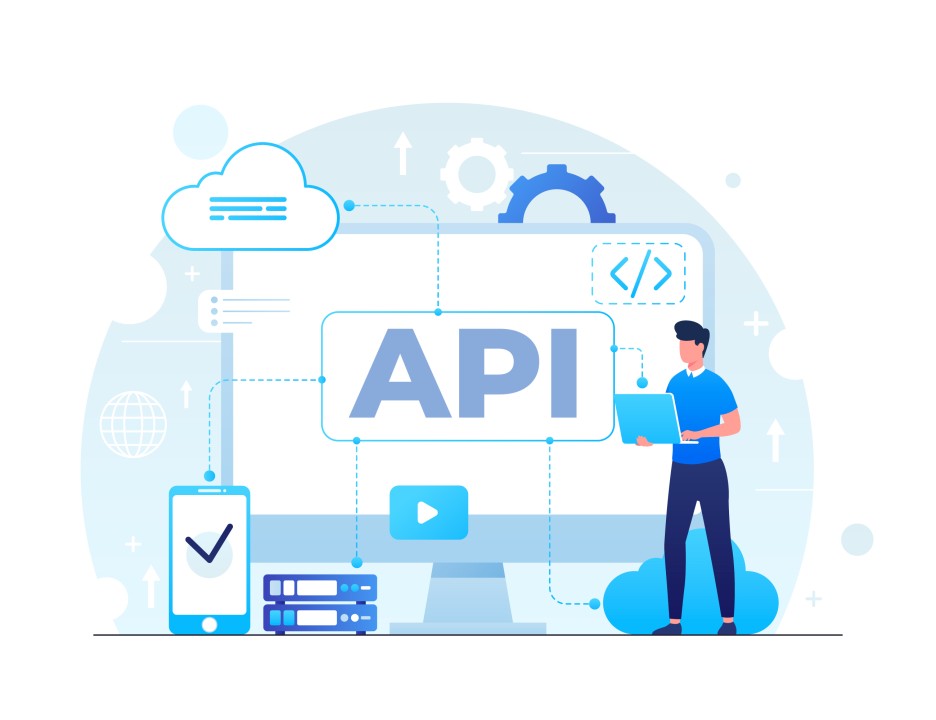API Integration Strategies with Other Technologies

Integrating APIs with other technologies is essential to enable interoperability between systems, applications, and services. Here are some common strategies for achieving effective API integrations with other technologies:
- Use of Standards and Protocols:
– Use widely accepted integration standards and protocols such as REST, SOAP, gRPC, GraphQL, WebSockets, etc., to ensure interoperability between heterogeneous systems.
- Integration Tools:
– Utilize system integration tools such as Apache Camel, MuleSoft Anypoint Platform, IBM Integration Bus, or Azure Logic Apps to facilitate the integration of APIs with other systems and applications.
- Integration Middleware:
– Implement integration middleware to provide an intermediary layer between APIs and legacy systems, facilitating communication and data transformation between them.
- Webhooks and Callbacks:
– Employ webhooks and callbacks to enable systems to be automatically notified about real-time events and updates, reducing the need for repetitive queries to the API.
- ETL (Extract, Transform, Load):
– Use ETL processes to extract data from different sources, transform it into a standardized format, and load it into a target system, enabling data integration between heterogeneous systems.
- API Gateways:
– Utilize an API Gateway to manage inbound and outbound traffic between APIs and consumer systems, applying security policies, access control, and message transformation as needed.
- Business Process Automation:
– Leverage process automation to integrate APIs with enterprise workflows, enabling the automation of tasks and processes involving multiple systems and applications.
- Microservices and Event-Driven Architecture:
– Adopt microservices and event-driven architecture to decouple components of systems, enabling more flexible and scalable integrations between services.
- Messaging Middleware:
– Use messaging middleware such as RabbitMQ, Apache Kafka, or AWS SQS to facilitate asynchronous communication between systems and applications, reducing dependency on synchronous API calls.
- Third-Party APIs:
– Explore and integrate third-party APIs such as payment services, geolocation services, payment processing, etc., to extend your application’s functionality and offer additional features to users.
- Documentation and Standardization:
– Maintain clear and comprehensive documentation of APIs and promote standardization in integration practices to facilitate the development and maintenance of integrated systems.
By implementing these API integration strategies, you can facilitate interoperability between systems and applications, enabling efficient and secure exchange of data and functionalities.
JoinAPI can assist you on this digital transformation journey. Contact us!
JoinAPI – Workspace for Identity, API, and Integration design, documentation, debugging, testing, and mocking.